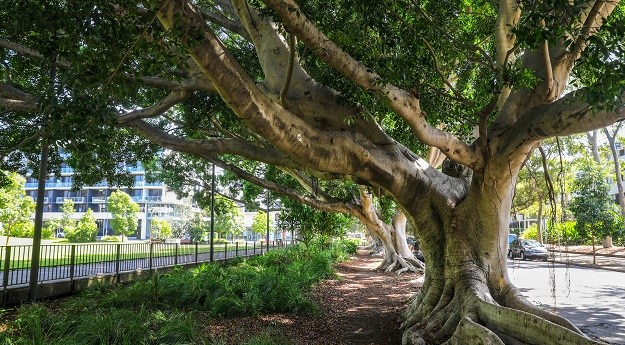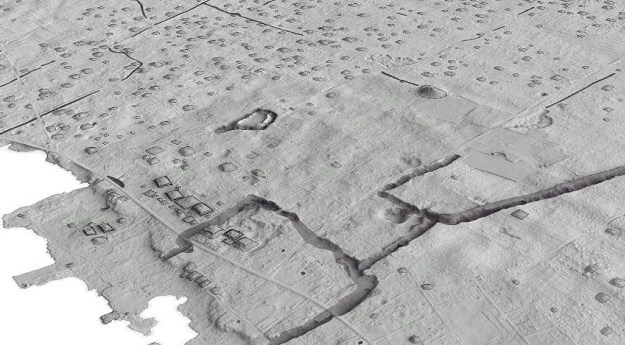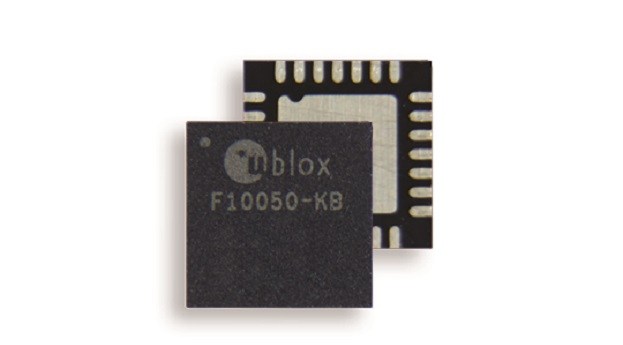
GAIA’s predictions of vineyard locations after completed training regime. Trees and roads are automatically removed. Image provided by Consilium.
Adelaide-based machine learning startup Consilium have launched an insightful new product in partnership with DigitalGlobe and Wine Australia.
Using high resolution satellite images, a sophisticated set of machine learning protocols and a cloud-based platform, GAIA (Geospatial Artificial Intelligence for Agriculture) was simultaneously launched at Treasury Wines and the Locate – Geosmart Asia ’18 conference at the Adelaide Convention Centre last week.
GAIA is intended to bring a new dimension of analytical competence and accessibility to Australia’s wine industry, and its genesis stemmed from an expression of interest from R&D-focused peak body Wine Australia, positing the query: ‘Where is every vineyard in Australia?’
From that launchpad, Consilium brought their self-learning neural netsworks to bear on DigitalGlobe’s 100 petabyte trove of imagery, developing GAIA, a remarkably capable tool for assessing any Australian vineyard’s health.
Here’s a video of GAIA’s classifier learning to identify vineyards from a satellite capture.
Demonstrating GAIA in action, Director of machine learning Sebastien Wong told Spatial Source: “At its heart, AI is about decisions. I like to think of it as a way to augment human decision making.”
It’s an elegantly simple statement, but there’s a lot going on under GAIA’s bonnet. After learning to identify what is and isn’t a vineyard, GAIA’s neural networks were trained to assess their health.
The resolution of the imagery is so high that these neural nets are able to identify the plant cell density and NDVI (normalised difference vegetation index) of individual plants — which is correlated with plant health and leaf vigour.
The image above shows GAIA’s outputted vineyard demarcation, masking the vineyards from the image they lie within, which is then used to compute NDVI for only the vineyards.
Higher NDVI values are associated with high biomass, healthier plant condition (growth or vigour), higher vegetation density (leaf and canopy area), and higher sub-pixel vegetation coverage.
Consilium’s system provides real-time health insights that are also historically applicable — so growers are able to access this level of analytic capability for their crops going back in time, and apply that knowledge to their lived experience of environmental conditions and cultivation practices.
GAIA is accessible via a web brower interface, and its reach will eventually be expanded to international markets and different crop types.















